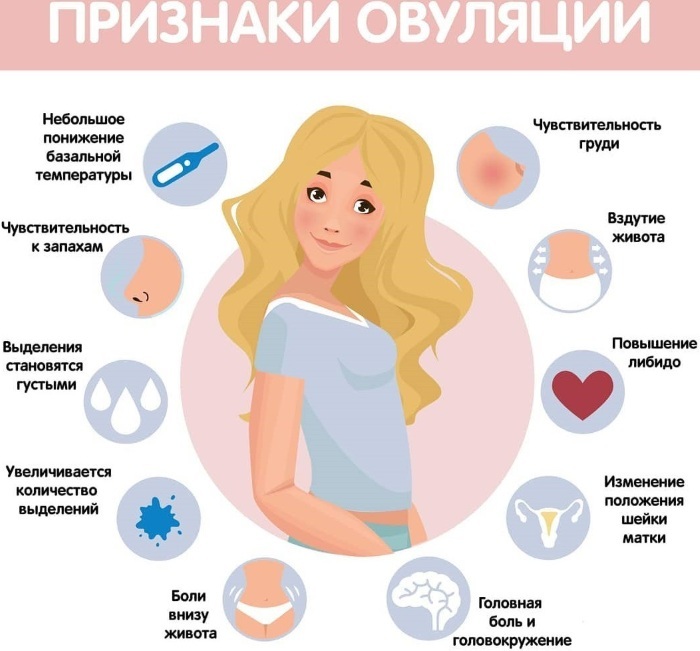Adrenaline is one of the types of stress hormonewhich is produced by the adrenal glands. He takes an active part in maintaining blood pressure and activates all systems in the human body in extreme situations. Synthesizes adrenaline norepinephrine is a transmitter of information in the sympathetic nervous system.
Their action is very similar and is aimed at helping the body to quickly adapt to stressful situations and increase the chances of survival. An analysis for catecholamines, which is how both hormones are called together, helps to identify whether the body is under stress or not.
A powerful release of hormones occurs only during a stressful situation, when the brain is believed that there is a danger to human life. In such a situation, the concentration of adrenaline and norepinephrine increases several hundred times, but after reaching the peak, it immediately returns to the original figures.
You can check your hormone levels in your blood and urine. It is difficult to check the content of norepinephrine and adrenaline in the blood - the components are removed within a few minutes.
For general information, you need to know that adrenaline and norepinephrine are hormones, the formation of which begins under the influence of corticotropin.
This is another type of hormone synthesized by the human body that secretes the hypothalamus into the bloodstream during a stressful situation in order to transmit a signal of danger to the glands. These hormones have different chemical formulas, and their effect on the body is significantly different from each other. Epinephrine is called epinephrine, and therefore norepinephrine in norepinephrine.
It is no longer a secret for anyone that hatred and fear are related emotions and each of them generates one another. Norepinephrine, turning into adrenaline at the biological level, confirms this fact. In the course of a dangerous situation, when a person has a serious threat to life, adrenaline works as a "fear hormone", and norepinephrine acts as a "rage hormone".
The main functions of norepinephrine in the body are:
- modulation of the processes of inhibition of the central nervous system;
- stabilization of blood pressure and respiratory rates;
- regulation of the work of the glands of the endocrine system;
- maintenance of performance;
- takes an active part in the manifestation of all higher feelings.
But the action of norepinephrine in a stressful situation is similar to the action of epinephrine:
- blood vessels narrow;
- the heart rate is accelerating;
- breathing quickens;
- pressure exceeds the norm;
- tremor is observed;
- intestinal peristalsis is accelerated.
The analysis for adrenaline and norepinephrine helps specialists not only find the cause of the disease, but also choose an adequate treatment.
Record content:
- 1 Indications for research
- 2 How is it determined
- 3 Preparation and analysis
- 4 Decoding the results
- 5 When to see a doctor
- 6 Possible complications
- 7 Adrenaline video
Indications for research
The analysis for adrenaline and norepinephrine is prescribed by an endocrinologist.
The doctor may recommend conducting research in several cases:
- to study the development of neoplasms that produce catecholamines, these include neuroblastomas, pheochromocytomas, paragangliomas and others;
- to determine exactly where the neoplasm is located;
- as a control over a patient who underwent surgery associated with the removal of chromaffin formations;
- to establish whether there are endocrine causes that provoked the development of hypertension;
- diagnosis and therapy of arterial hypertension;
- for carrying out specific pharmacological tests.
A family doctor, pediatrician or diagnostician can prescribe an analysis for the level of catecholamines.
They may recommend testing if the patient has CNS damage, for example, with the following problems:
- panic attacks;

- there are changes in the regulation of vascular tone;
- disruptions in metabolic processes in obesity or diabetes mellitus;
- acute asthma;
- migraines;
- mental disorders.
Blood for catecholamines is examined to identify neoplasms with hormone dependence, as well as to accurately determine the cause of the increase in blood pressure.
During the study, the place of localization of the neoplasm, its structure and functioning features are necessarily studied.
How is it determined
One of the methods used to determine ketachomines in the blood is the most efficient liquid chromatography. The essence of this technique is to divide a sample, for example, blood plasma, into its constituent substances.
Separation takes place on a special hollow tube, which is filled with a sorbent inside; in medicine, this device is called a chromatographic column. Blood plasma, passing through a tube filled with a sorbent, is divided into components, which are released in a certain sequence.
In the laboratory, the urine provided by the patient to determine the level of catecholamines is tested for several indicators. They all depend on the patient's age and gender. The unit of measurement of hormones in urine is μg / day, in blood - pc / ml.
Each of the species has its own specific rate in blood plasma:
- Adrenalin. Up to 50 units.
- Norepinephrine. The norm is from 110-410 units.
- Dopamine (this is another hormone produced by the adrenal glands and belongs to the group of catecholamines). Its indicator is 87 units.

In the table below, you can see the rate of 3 main adrenal hormones in the urine:
| Age | Adrenalin | Norepinephrine | dopamine |
| From birth to one year | 0-2,5 | 0-10 | 0-85 |
| From 1 year to 2 years | 0-3,5 | 1-17 | 10-140 |
| From 2 years old to 4 | 0-6 | 4-29 | 40-260 |
| 4-10 years old | 0,2-10 | 8-45 | 65-400 |
| 10-15 | 0,5-20 | 13-65 | 0-500 |
| From 15 years old | 0-27 | 15-80 |
The results of the study of hormones in urine can be influenced by various factors.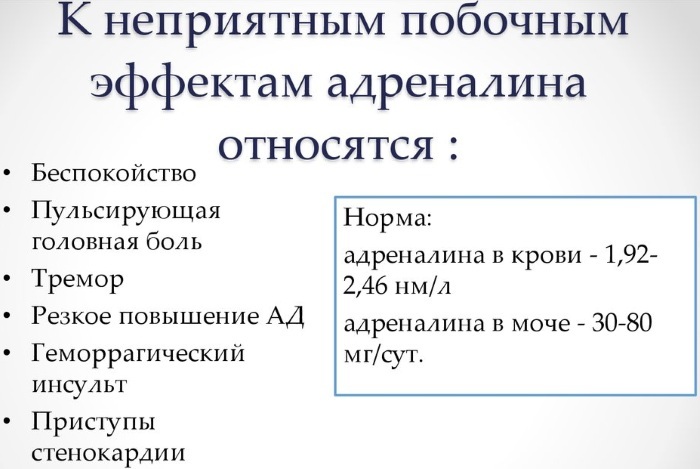
High rates can be observed in people with various ailments:
- liver disease;
- hyperthyroidism;
- heart attack;
- angina pectoris;
- asthma;
- stomach ulcer;
- head trauma;
- arterial hypotension;
- depression.
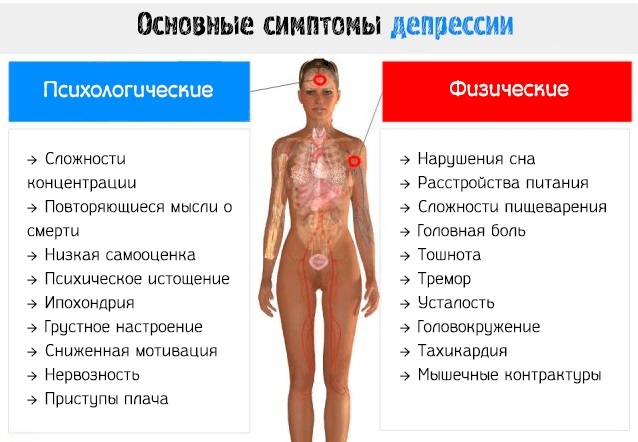
But a low level of hormones in urine may indicate the development of other pathologies:
- kidney disease;
- leukemia;
- psychosis;
- underdevelopment of the adrenal glands.
During a blood test for catecholamines, a laboratory assistant uses a special panel: blood catecholamines and serotonin + urine analysis for GVK, IUD, 5-OIAK. This panel allows you to set the level of serotonin, dopamine, adrenaline, norepinephrine and hormone metabolites.
If a patient is diagnosed with arterial hypertension, then the concentration of hormones in the blood approaches the upper level of the norm, and in difficult cases it doubles. In a stressful situation, the adrenaline level increases 10 times. In the blood, hormones are quickly neutralized, so it is more appropriate to test them in urine.
The study is carried out over 7 days, the average cost is 550 rubles.
Preparation and analysis
An adrenaline and norepinephrine test will give accurate results if properly prepared. Three days before the patient's blood is taken, it is necessary to remove such foods from the diet: bananas, coffee, chocolate, citrus fruits. Do not take drugs such as Aspirin and Epinephrine.
Material for analysis for adrenaline should be taken in the morning from 8 am to 10 am, always on an empty stomach. It is during this period of time that hormones are at the right level. If, before taking blood and urine, a person had a stressful situation, he did not sleep well at night, in the morning at he had heavy physical activity or he drank alcoholic beverages, then the analysis is not given.
The results of the analysis can be distorted if a person goes to the gym on the day of the study, does morning exercises, and douches with cold water.
Before taking blood, the patient must be in a calm state for half an hour, he is placed on the couch.
Blood for catecholamines is taken only through a catheter, which is installed one day before collecting the material. A puncture of a vein can cause a sharp rise in the level of hormones in the blood, and the analysis will be inaccurate.
If the patient is advised to pass urine for catecholamines, then before sampling he needs to carry out hygiene of the genitals. The material should be collected 3 times a day. The first morning urine is not taken, only 3 hours after the first morning urination, urine is collected, the next sampling is carried out after 6 hours and the last after 12.
Before sending to the laboratory, the biomaterial should be stored in a sterile container placed in a refrigerator. The time of the first and last collection must be indicated on the container with the material.
If you suddenly had to take tests after severe stress or physical exertion, then the nurse or doctor should be warned about this. During the check, the technician will take these circumstances into account and will be able to obtain more accurate results.
Decoding the results
A specialist can prescribe an analysis for adrenaline and norepinephrine to an adult or a child if there is a suspicion of the development of a rare neoplasm.
All neoplasms provoke high levels of catecholamines, including the following:
- pheochromocytoma is one of the rarest tumors of the adrenal glands;
- paraganglioma - a neoplasm that affects the nervous tissue;
- neuroblastoma is a tumor of not yet fully matured nervous tissue, therefore it appears in very young children.

Norepinephrine is one of the types of hormones that the brain produces adrenal glands and it activates the synthesis of a substance during the signal from the brain about a possible threat for the body.
In a matter of seconds, the brain analyzes everything that happens in the body, but without the participation of additional components, it cannot launch energy reserves to turn on the protective function.
At this moment, the body takes place:
- The synthesis of adrenaline is activated, which instantly mobilizes all energy reserves to protect the body. At this moment, it is norepinephrine that signals the body to fight the foreign body.
- The function of inhibition of the reaction of the nervous system to reduce pain is triggered so that the pain cannot be distracted while trying to save life.
- The respiratory function returns to normal, if suddenly stress caused a spasm, which provokes shortness of breath. When breathing is restored, the process of enriching all cells with oxygen returns to normal, carbon dioxide is utilized. This is especially important to stop brain hypoxia and oxygen starvation of the heart and blood vessels.
- Blood pressure also returns to normal.
- The functions of the endocrine system are controlled, due to which it is possible to exclude a failure in the production of hormones.
- Efficiency increases, which is very important during a stressful situation.
- Influences the appearance of emotions such as passion and love.
All these functions are triggered in the body due to the fact that norepinephrine takes an active part in the breakdown of glucose, converting it into energy, accelerating metabolism. At the same time, adrenaline is actively produced, without which the body cannot resist for a long time threat and make the right decision to save himself and quickly leave the place where he is dangerous.
Norepinephrine affects the body for only a few seconds, although it has a serious mission. It does not have any negative impact on internal organs. Its high level does not cause euphoria, followed by complete devastation.
Norepinephrine sets a person up to fight and win. If its level is low, then it is quite difficult to achieve high results; you will need to resort to hormone therapy. With a serious problem and the correct production of norepinephrine, the body instantly concentrates and seems to start a second wind.
That is why it is important to assess the situation in time, assign a study to the level of hormones and determine what it provoked their active synthesis, so as not to miss the development of the neoplasm and start on time therapy.
A high level of catechins in the body may indicate that a neuroendocrine tumor is actively developing in the body. That is why this analysis is prescribed to patients as a diagnosis of neoplasms.
Analysis for adrenaline, serotonin, norepinephrine can be easily deciphered at home without the help of a specialist. Normally, adrenaline should be in the range of 0-110 units, and norepinephrine - 70-750.
If the indicators are higher than the norm, then this may indicate the development of such ailments:
- neoplasms;
- hypoglycemia;
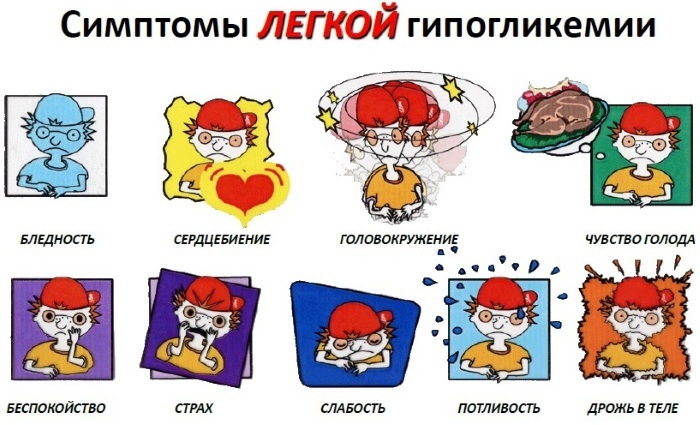
- hypotension;
- hypertension.
High levels of hormones can occur in people taking certain medications under constant stress. If the indicators are in the lower bar, then this may indicate the development of Alzheimer's disease, anorexia, Riley-Day syndrome.
If dopamine is elevated (the norm is 0-87 units), then this indicates the presence of a neoplasm, a tumor in the brain, Costello's syndrome. A low dopamine count indicates that you are taking certain medications or that you are developing Parkinson's disease.
If the level of serotonin is underestimated (the norm is 50-220 units), then this may indicate Hartnup's disease, Down's syndrome, tumors in the rectum. At high rates, a malignant neoplasm can be observed in the thyroid gland, testicles, with acute intestinal obstruction, heart attack.
When to see a doctor
Few people understand how important the balance between hormones - adrenaline and norepinephrine - is. Norepinephrine, synthesized in the body, triggers the synthesis of adrenaline. Experts associate a depressive state, attention deficit disorder with a lack of norepinephrine production.
Specialists with a low level of norepinephrine suggest that the patient will develop the following pathologies:
- chronic fatigue syndrome;
- disturbances in the work of the central nervous system;
- chronic muscle pain;
- migraine;
- bipolar disorder;
- Alzheimer's and Parkinson's disease.
If you suspect all these pathologies, you need to consult a neurologist or therapist in order to undergo a full examination and find out exactly the reason for the low rates.
With an imbalance in the body and high rates of adrenaline and norepinephrine, experts suggest the development of such ailments:
- depressive disorder;
- the most complex head injuries;
- actively developing neoplasms;
- the presence of diabetes mellitus;
- heart attack.

With high rates, you should seek the advice of a cardiologist, oncologist, endocrinologist or psychotherapist for an examination and an accurate diagnosis.
Possible complications
If the concentration of adrenaline is high enough, then a person has a rapid heartbeat, irritability, a loss of concentration of attention, all metabolic processes are accelerated.
If adrenaline is at a high level for a long time, then the person's body weight sharply decreases, the heart and kidneys are depleted. As a result, the general well-being worsens at the physical and psychological level, which ultimately leads to a nervous breakdown.
But if, on the contrary, the adrenaline level is below normal, then this can provoke the development of depression, there is a breakdown, working capacity decreases, a person is not happy with anything around, there is no motivation further live.
High levels of norepinephrine can manifest itself in the form of the following symptoms:
- heart palpitations;
- dilated pupils;
- high blood pressure.
Some people may have tremors all over their body. With a sharp jump in the hormone, the heart can be severely damaged. The nervous system also suffers from excessive overexcitation, mood changes dramatically, aggression, all muscles are tense, which in most cases provokes a spasm of blood vessels and respiratory organs.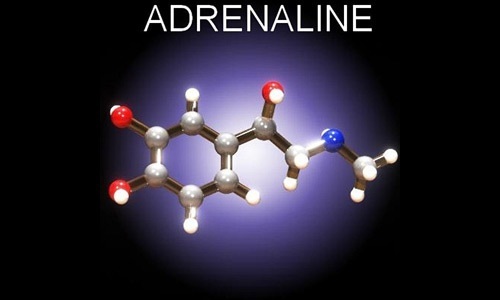
A low level of norepinephrine leads to disruptions in the hormonal background of a person, and as a result, such ailments develop:
- malfunctions of the nervous system;
- chronic fatigue syndrome develops;
- migraine;
- chronic muscle pain;
- Parkinson's and Alzheimer's disease.
A short-term increase in the level of hormones brings only benefits to the body, but if the level is above the norm for a long time, then it has a destructive effect on all organs.
If the first symptoms appear, then it is better to consult with a specialist, for example, visit a family doctor to find out the cause of the malfunction in the body and exclude oncology. Indeed, as practice shows, more often it is malignant formations that provoke the release of hormones into the blood and urine.
Epinephrine and norepinephrine are hormones synthesized by the body that provide reliable protection for the body. They help to withstand stressful situations and danger, fight and achieve goals.
Hormones help to form a quick reaction in the event that a person is in serious danger, there is a threat to life. There is a close connection between the two types of hormones, but they act on the body in different ways. An analysis for hormones will help find out the causes of surges in hormone levels and make an accurate diagnosis.
Adrenaline video
About the hormone adrenaline:


